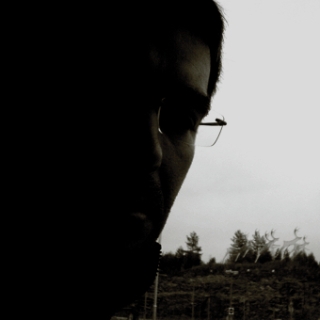Between the assumptions "Design is an exact science" and "Design is a mysterious talent", Tollestrup placed design between both, arguing that "Everything is a balance, relativistic viewpoint". Even though, I placed both authors on the analytical/formal side of creativity.
On the Vision based model, Tollestrup identifies 4 anchor points (levels of abstraction)º:
 Spiritual level (underlying values and philosophy) - Intention - The Value Mission defines the set of values that the product is based upon; this is the answer to the question “why this product?”
Spiritual level (underlying values and philosophy) - Intention - The Value Mission defines the set of values that the product is based upon; this is the answer to the question “why this product?”Contextual level (product story, social setting and interaction) - Expression - The Interaction Vision defines the product as a social actor and is described by keywords of qualities and characteristics, behaviour and personality on a contextual level.
Principal level (structures, functional and form principals) - Concept - The Product Concept is the anchor point at the principal level. The solution can be described at a systemic level; the elements (components), a structure and principals of function, construction, use etc.
Material (production, materials, details and documentation) - Product - The “solution” is the final anchor point that represents the finished product as an answer to the design problem.
Tollestrup's methodology, supported by this model, aims to built the shared mental model within the (design) team. This methodology is a framework that presents a way of dealing with the integration of qualitative and quantitative aspects.
It is supposed to move between the levels along a vertical axis and on an horizontal plan as well. The vertical moves allow migration between levels. As levels are organized from concrete to abstract, the descending movements are deductive (generating proposals), and the ascending movements are inductive (eliciting values). The horizontal movements, as they occur to the edges of the plan/level, are exploratory (ideas or meaning), or, as they occur from the edges to the centre, are of analytical and/or synthetic meaning.
This methodology gives emphasis to the value mission (a sort of moral of a fairy tale) and to the interaction vision (the fairy tale itself) which function as the bridge between the concrete and the abstract levels and develops a shared mental model within the team. The practitioners of this methodology must maintain consistence and coherence between the levels.
Creativity is not a direct goal in this model, but once it promotes a common and friendly ground to the project team, also promotes creativeness as it advocates movement in 360º inside the model, presenting a non-linear method, even though more formal than aesthetical.
Erik Lerdahl, without presenting any specific method, placed his efforts into showing a project-case, by displaying and explaining the process that leaded the team to the final proposal. Nothing really new, both process, similar to the one presented by Tollestrup, and design. He was also committed to point out some tips that could awake some (hidden) strategy to increase creativity. From his lecture I'll transfer the important notes I wrote down on my notebook to here:
- "the goal [of design/er (s)] is between an abstract and a concrete boundary and balanced between opposite extremes"
- "during the design process, shift between associative-selective/critical, slowly-fast, quantitative-qualitative"
- "make strange familiar, make familiar strange"
- "break down processes into small tasks [decomposition] and (re-)arrange it keeping the definition of the 'system'"
- "each project demands its own method; design the method that better suits the project"
- "attitudes towards creativity: taking risks, passion, open-mind, good mood, curiosity, research, experience, different, playful, always positive, craziness..."
